Build a custom home is a thrilling and fulfilling process that gives you a one-of-a-kind chance to create a place that perfectly captures your requirements, preferences, and way of life. However, it might be difficult to comprehend the associated expenses. Although there is no denying the allure of a bespoke house, it is important to take into account the several factors that might affect the final costs. Every element has a role in determining the ultimate cost, from labor and design choices to location and material selections. From the first stages of budgeting to the finishing touches, this book covers all the information you need to construct a custom house and assists you in making well-informed decisions.
Knowing the Fundamentals of Building Custom Homes
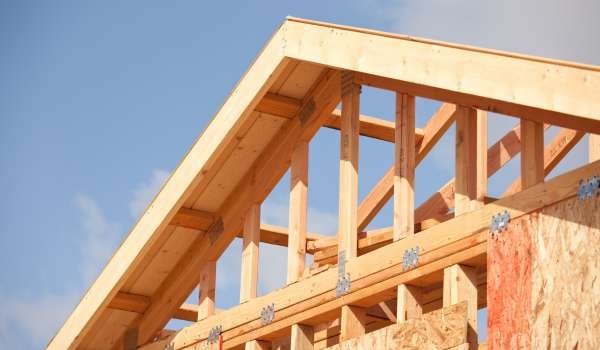
A Custom Home: What Is It?
A custom home is a unique house that is constructed from the ground up according to the preferences of the homeowner. Custom houses provide more design, material, and finish options than production homes, which have predetermined floor plans and layouts. This means you may customize every element to your preference.
The Distinction Between Production and Custom Homes
Usually, builders who create many houses with comparable designs in a same neighborhood or development build production homes. These houses are quicker and often less expensive than bespoke homes, however they don’t have the same distinctive features. Conversely, custom houses provide the opportunity to collaborate directly with designers and architects to create an environment that is genuinely unique.
Why Opt for a Custom House Instead of a Pre-Built One?
By choosing a bespoke house, you may create a living space that precisely suits your wants and tastes. You are in charge of every detail, including the interior design and architectural style. Furthermore, since they are constructed according to the owner’s wishes and may include amenities that fit certain lifestyles, such as eco-friendly and energy-efficient designs, bespoke houses often have better long-term values.
Factors Affecting the Price of Building a Custom Home
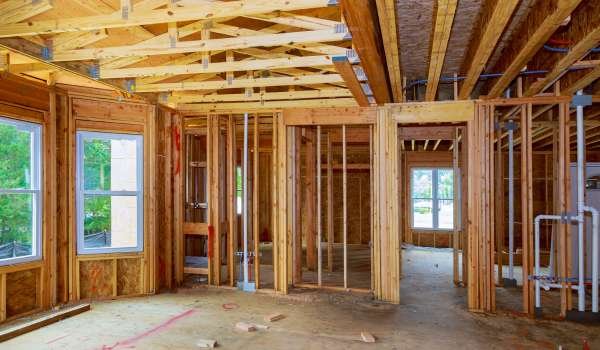
Location: The Impact of Geography on Building Prices
Costs are significantly impacted by the location of your building. Land and labor prices rise in areas with more demand and expensive real estate markets. On the other hand, suburban or rural locations could provide more economical land alternatives, but the distance from contractors and suppliers may result in higher costs.
The cost of the lot and site preparation
The first stage is often acquiring land, and the cost might vary greatly depending on the terrain, location, and zoning regulations. Furthermore, site preparation raises the price and varies greatly based on the site’s intricacy. This includes removing trees, leveling the land, and taking care of any environmental issues.
Size and Design of the House
The cost is influenced by the layout’s size and complexity, as one would anticipate. Intricate designs, many floors, and distinctive floor plans may significantly increase the cost of a house. And larger homes need more materials, work, and time.
Architectural Style’s Effect on Price
From the foundation to the last details, the design of your custom house may influence many parts of its construction. Due to the need for certain materials and structural components, contemporary designs with open floor plans. And huge windows may be more expensive than classic models.
Options for Materials: Standard and Premium
The choice of construction materials has a big impact on the final price. Choosing high-end materials like steel framing, slate roofing, and stone cladding will raise the cost. But may also improve longevity and aesthetic appeal. Standard materials like wood frame, asphalt shingles, and vinyl siding are often less expensive.
Dissecting the Cost Elements
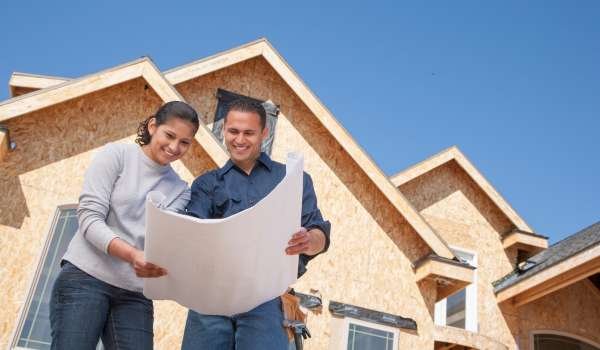
Costs of Preparing the Land and Site
These expenses include everything, from purchasing the land to getting it ready for building. Land removal, soil testing, grading, and utility installation are some of the factors. These expenses will be significantly impacted by the site’s location. Geography since rough or forested lots may need a lot of preparation.
Costs of construction: foundations, roofing, and framing
The structure of the house is the primary cost of building. The foundation firmly supports everything, the roofing offers protection, and the framing creates the framework. The price of these parts varies according on their size, design, and composition. Here, high-quality building is crucial since it influences the whole home’s longevity.
HVAC, electrical, and plumbing systems
These systems are essential to the comfort and operation of any house. They need both time and supplies to install, and the price might vary according on the system’s complexity, the size of the house, and the number of rooms. Although they may initially cost more, high-efficiency systems may eventually save energy costs.
Interior Finishes: Cabinets, Fixtures, and Flooring
Personal flair may be shown in the finishes, which range from elegant oak or stone to more affordable laminate flooring. Similar to this, depending on the decisions made, bespoke countertops, cabinets, and fixtures may increase the costs while offering even more customisation.
External Features: Patios, Driveways, and Landscaping
Your home’s outside is just as significant as its inside. In addition to increasing exterior appeal, landscaping, patios, driveways, and pathways expand your living area. From basic lawns to intricate gardens or outdoor kitchens, the cost of these elements might vary depending on the materials and amount of work needed.
How Your Budget Is Affected by Design Decisions

Choosing Floor Plans That Fit Your Spending Limit
Even though it might be tempting to use the newest architectural styles. It’s a good idea to think about how these decisions will impact the budget. In general, open layouts and simpler floor plans with fewer angles. They are less expensive than complex designs with many floors and special features.
Personalizations: What Enhances Value and What Increases Expense
The main draw of a custom house is customization. But it’s important to distinguish between modifications that add value and those that just increase expenses. While expensive materials for every fixture may not always be required, features like walk-in closets, more storage, or an updated kitchen could be worth the expenditure.
Does Investing in Energy-Efficient Options Make Sense?
Although they may cost more up front, eco-friendly features like solar panels, energy-efficient windows, and improved insulation often result in lower utility costs. These improvements may raise the home’s resale value in addition to making it more sustainable.
Eco-Friendly Materials’ Impact on Price
For the ecologically concerned homeowner, selecting sustainable materials like reclaimed wood, bamboo flooring, or recycled metal roofing might be a wise investment. Although some materials can cost more, they can encourage green construction practices and give your house a distinctive character.
The Value of Planning and Budgeting
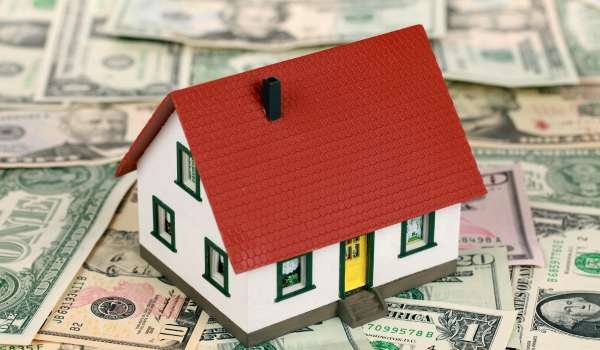
How to Create a Custom Home Budget That Is Doable
It is essential to create a budget that accounts for both anticipated and unforeseen expenses. Everything from labor and finishing to land acquisition and supplies should be included in this budget. A realistic financial strategy may be developed with the assistance of financial and construction specialists.
Reasons to Budget for Unexpected Costs
Costs often surpass original projections as a result of unanticipated problems including delays, material shortages, or design modifications. You can prevent these unforeseen costs from throwing your budget off course by keeping a contingency reserve.
Collaborating with a Financial Advisor to Obtain Capital
Setting a budget, researching financing possibilities, and evaluating your financial status are all tasks that a financial planner may help with. To make sure you have the funds required, they may help you navigate choices such as home equity lines of credit, conventional mortgages, and construction loans.
Selecting the Appropriate Group for the Task

Locating a Reputable Designer and Architect
A successful custom house project depends on choosing the proper architect and designer. Designers concentrate on interior flow and aesthetic appeal, while architects contribute their knowledge of structural planning and space arrangement. To identify experts who can successfully realize your concept, go through portfolios, ask for referrals, and do interviews.
How to Pick a Trustworthy Contractor
Managing daily activities on-site and supervising the building process need a competent contractor. Seek for contractors that have a solid reputation, relevant expertise building bespoke houses, and a dedication to high-quality work. To guarantee dependability, it’s also essential to confirm references and examine credentials like insurance and licenses.
The Value of a Project Manager in Residential Construction
The key player in keeping the project on track and under budget is the project manager, who coordinates with the architect, contractor, and subcontractors. They assist with problem-solving, schedule management, and communication facilitation, ensuring that every stage goes without a hitch. In some situations, the contractor may do this function; in bigger projects, a committed professional may do so.
Recognizing the Function of Subcontractors
Specialized skills like carpentry, plumbing, and electrical are brought by subcontractors and are essential for finishing different parts of the construction. Because subcontractors have a direct impact on the quality of the finished project, it is important to make sure they are dependable and experienced. For some jobs, a competent contractor will often have a network of reliable subcontractors.
Considerations for Permits, Fees, and Legal Expenses

Several permissions are needed while build a custom home in order to guarantee adherence to regional regulations and safety requirements. Although specific needs vary by locality, they usually include permits for zoning, building, plumbing, electrical work, and more. You may find out whether particular permissions are required for your project by speaking with your contractor or the local government. Regional variations in permit costs are also common; metropolitan regions often charge more fees because of more stringent rules, while rural areas could have less stringent restrictions. By including these fees into your budget, you may avoid unanticipated costs.
Zoning regulations also determine where and what kind of homes may be built, which can affect pricing. Understanding zoning limitations and making sure your designs work with them is essential since noncompliance may lead to penalties or delays. Variances or changes could be necessary in certain circumstances, which might have an additional impact on your budget.
- Types of Permits Required: Commonly needed permits include zoning, building, electrical, and plumbing.
- Variation in Permit costs: Due to municipal laws, permit costs in urban regions are sometimes greater than in rural ones.
- Impact of Zoning regulations: In order to prevent penalties, hold-ups, and extra costs, zoning regulations must be followed.
The Impact of Labor on the Price of Custom Homes

Depending on the amount of expertise needed, labor prices for build a custom home may vary greatly. While unskilled labor is less expensive, experienced labor—which is necessary for jobs like electrical work, framing, and finishing—produces superior quality and longer lifespan. It may be difficult to locate skilled specialists in places with a labor shortage, which often leads to increased charges and possible delays. Intricate designs and specialist skills drive higher labor costs, which are further impacted by the location, market demand, and project complexity. Geographical considerations may also have an influence on labor expenses, such as the time it takes for employees to travel or the need for lodging on distant locations. This emphasizes how crucial it is to have a well-connected contractor to assist in managing these difficulties.
Options for Financing the Construction of Custom Homes
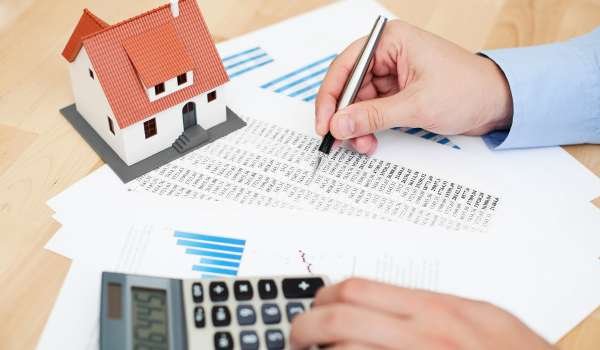
Custom Home Mortgage Options
Getting a mortgage for a bespoke home could be different from financing a conventional house. A lot of lenders provide construction-to-permanent loans, which pay for the building stage and turn into a mortgage when the house is finished. Usually, these loans need for a solid credit history and a thorough budget.
The Operation of Construction Loans
Short-term, higher-interest loans created especially for building projects are known as construction loans. As development moves forward, the loan is paid out in installments, enabling more accurate budgeting and improved cash flow management. A construction loan is often converted into a traditional mortgage after the house is completed.
Benefits and Drawbacks of a Home Equity Line of Credit (HELOC)
By enabling you to borrow against the equity of an existing home, a HELOC may provide flexible finance. A HELOC puts your present house at danger if you can’t pay it back, even while it has the benefit of allowing you to take out loans as required. It’s crucial to balance these benefits and drawbacks in order to decide if a HELOC fits within your overall financial plan.
Timeline: How Much Time Is Needed to Construct a Custom Home?
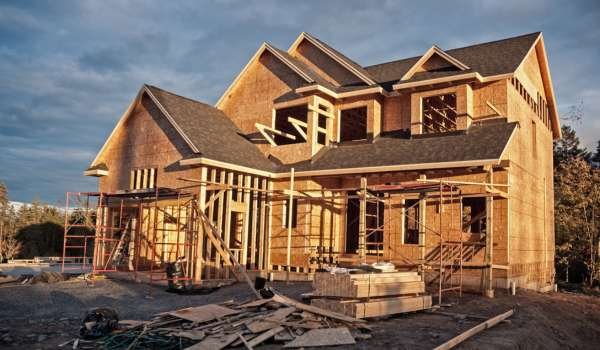
The planning and design stage of the custom home build process is when the design is conceived, permits are obtained, and a budget is set. Depending on the intricacy of the designs and the speed at which permissions are given, this phase may last from a few weeks to several months. The size of the house, the weather, and the availability of personnel and supplies all affect the timeframe after building begins; typically bespoke projects take nine to twelve months to finish. More intricate patterns, however, could make this period longer. Unexpected site circumstances, personnel shortages, and supply chain problems may all cause delays, which often result in higher expenses. This emphasizes how crucial it is to have a well-organized schedule and backup plans in order to minimize these interruptions.
Ways to Reduce the Cost of Building a Custom Home

Advice on Cutting Material Prices
Choosing affordable materials might help you save costs considerably. For instance, you may have a comparable look at a much lower cost by utilizing vinyl siding instead of stucco or engineered wood rather than genuine hardwood.
Selecting Low-Cost Fixtures and Finishes
Finishes and fixtures may add up rapidly. One way to save costs without compromising design is to choose mid-range solutions or concentrate on important sections, like the kitchen and master bathroom, while cutting down on unused rooms.
Do-it-yourself Projects That Are Worth It Without Going Over Budget
Some work may be completed on your own, such painting, light fixture installation, and gardening. In addition to saving labor expenses, taking on these modest tasks may give you a feeling of accomplishment as you design your own house.
The Effect of Residential Location on Construction Expenses

What Are the Distinctions Between Urban, Suburban, and Rural Settings?
Due to space constraints and strict rules, urban locations can have higher land and construction prices. While rural locations may provide more inexpensive property, they may also have greater transportation and supply expenses. In contrast, suburban communities balance cost and convenience.
Local Labor Rates’ Impact on Cost
Location has a significant impact on labor rates; salaries are often higher in metropolitan locations. Labor costs may also be increased by the need to pay for crews’ travel expenses or even housing at remote locations.
The Effects of Being Close to Resources and Suppliers on Your Budget
Higher material transportation expenses may result from a site’s distance from suppliers. Making sure the supplies you need are available at your site may save money and expedite the building process.
Using Sustainable Building Practices to Control Costs

Solar Panels and Alternatives for Renewable Energy
Although installing solar panels and other renewable energy systems may cost more up front, doing so may save long-term energy costs and raise the value of a home. These attributes appeal to environmentally concerned consumers and are in line with contemporary sustainability concerns.
Reusing Materials to Reduce Expenses
Reclaimed wood, repurposed metal, and composite decking are examples of eco-friendly materials that may also save money. The durability and aesthetic appeal of many recycled materials are comparable to those of their new equivalents.
The Long-Term Economic Gains from a Green House
In addition to having reduced energy bills, homes constructed with sustainability in mind may be eligible for tax breaks or rebates. Investing initially in green materials and energy-efficient equipment may lower the environmental impact of your house while increasing its value.
Comprehending the Costs of Custom Home Insurance
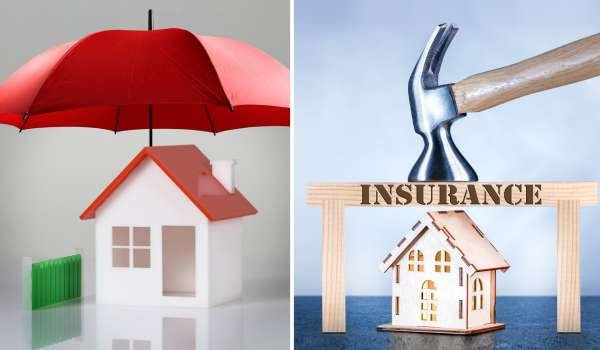
Custom home need build insurance to guard against hazards including theft, damage, and on-site accidents. Liability, property, and builder’s risk insurance are common policies that cover different hazards. Once finished, homeowners insurance is required to protect the home’s special features and replacement expenses, which may result in higher rates.
- Construction insurance guards against hazards associated with constructing (damage, theft, accident).
- Important Policies Required: Property, liability, and risk insurance for builders.
- Long-Term Home Insurance: Custom features and value are reflected in higher rates.
- Cost Factors for Smart Features and Home Technology
Setting a Budget for Smart Home Systems
Convenience and energy efficiency may be increased by integrating technology such as automatic lighting, security systems, and smart thermostats. These characteristics raise the value of a house and provide long-term utility savings, despite their initial expense.
The Importance of Custom Home Security Features
Purchasing security equipment, such as cameras, motion detectors, and alarms, increases the safety and tranquility of your house. Security measures are seen by many purchasers as beneficial extras that might raise the home’s resale value.
Choosing Budget-Friendly Technology
Not every technological investment has to be expensive. There are less expensive choices that work similarly to more expensive systems. You can make sure you receive the best value by giving priority to technology that fits your budget and lifestyle.
What to anticipate when building a custom home
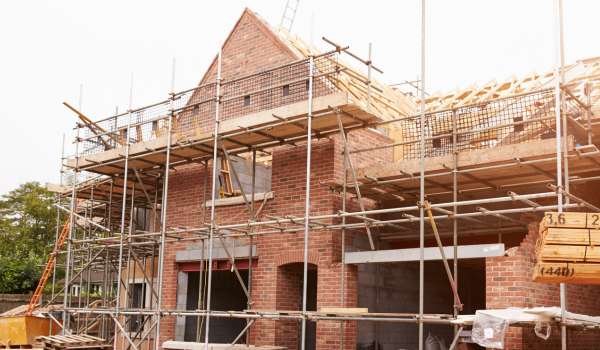
Setting Up the Site and Digging
Site preparation starts as soon as the licenses are obtained. In this stage, the ground must be cleared, graded for appropriate drainage, and excavated for the foundation. To solve problems like soil stability or water drainage, further work could be needed, depending on the geography of the location. This stage lays the groundwork for the whole construction, both physically and symbolically, and accuracy here guarantees stability for many years to come.
Installation of Electrical, Plumbing, and Framing
After the foundation is established, framing, which forms the framework of the house, gives your home’s design life. Plumbing and electrical work are completed after framing, guaranteeing that all systems are installed effectively and in accordance with regulations. This step is essential because it establishes the general design and utility routes, laying the groundwork for a pleasant and useful living space.
Why Inspections and Approvals Are Important
To make sure the construction conforms with regional building rules and safety requirements, inspections take place at different phases. Before construction can start, every step—from the foundation to the frame and beyond—must be approved. By guaranteeing that the house is both legally compliant and physically solid, these inspections protect both the homeowner and the builder.
Last Details: Costs of Interior and Exterior Finishing

Adding high-quality worktops, unique cabinets, and chic fixtures to important spaces like kitchens and bathrooms may significantly improve your home’s usability and appearance, but these upgrades may come at a higher cost. Outside, well-planned landscaping and elements like patios, decks, and fire pits provide livable areas that complement the natural surroundings and improve the curb appeal and usefulness of your house. A final walkthrough with the contractor helps ensure that everything meets your expectations, and a thorough cleaning at the end of construction guarantees your house is ready for occupancy. However, it’s crucial to budget for unexpected charges since things like inflation may raise labor and material prices, and problems with weather, water, or soil might present unanticipated difficulties that may call for reinforcements and alterations.
Furthermore, modifications required to meet updated requirements or delays in obtaining permits may result in additional expenses and time, highlighting the need of early engagement with local authorities and contingency planning.
Common Questions Regarding the Price of Custom Homes
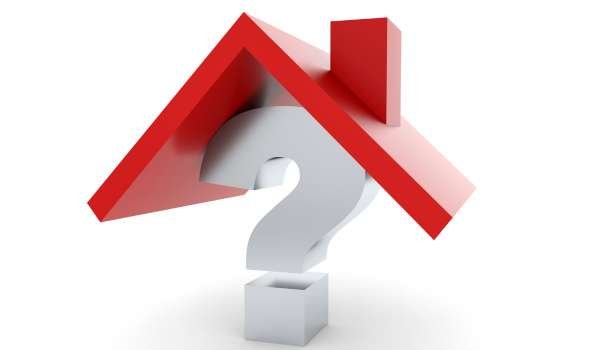
How Much Does It Usually Cost Per Square Foot?
Depending on location, materials, and architectural intricacy, the cost of a custom house may vary greatly, usually ranging from $100 to $400 or more per square foot. A more accurate estimate based on area patterns might be obtained by speaking with local builders.
Is There a Tax Advantage to Custom Home Construction?
There may be tax benefits to creating a bespoke house in certain circumstances. These may include construction-related costs, energy-efficient feature deductions, or even special reimbursements for environmentally friendly products. Finding possible savings might be aided by speaking with a tax expert.
How Can I Calculate How Much My Custom Home Project Will Cost?
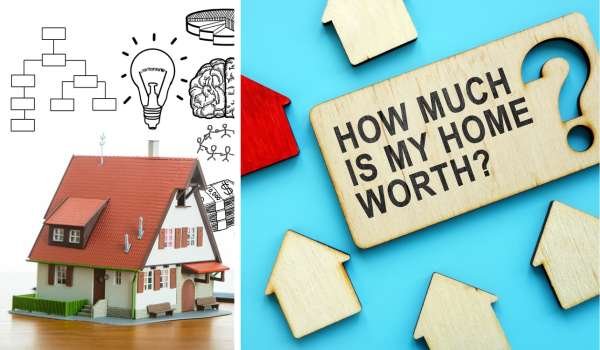
Land, materials, labor, and permits are some of the variables that must be taken into account when estimating the cost of a custom house. Start by figuring out the dimensions and design of your house, then collaborate with an architect or builder to determine the expenses of each element. An all-encompassing financial picture will be obtained by including a contingency budget for unforeseen costs.
Read More: How To Become A Custom Home Builder
Conclusion
Although building a custom house requires a significant financial outlay, it has the special advantage of allowing you to design a place that is uniquely suited to your tastes and way of life, offering a degree of pleasure, quality, and individuality that may not be available in pre-existing homes. Custom houses are often built with efficiency and longevity in mind, using materials and systems that save long-term maintenance costs, even if the initial prices might be greater.
In addition to extending the home’s lifespan, this may raise its resale value and even provide tax advantages, making it a wise financial decision over time. Setting clear goals, working with seasoned pros, and approaching the project with thorough preparation are all crucial to ensuring your custom house fits both your vision and your budget. You may build a house that meets and even surpasses your expectations by giving priority to necessary features, making thoughtful design choices, and preparing for unforeseen circumstances. This will give you a place that expresses your own style and is made to last for many years.
